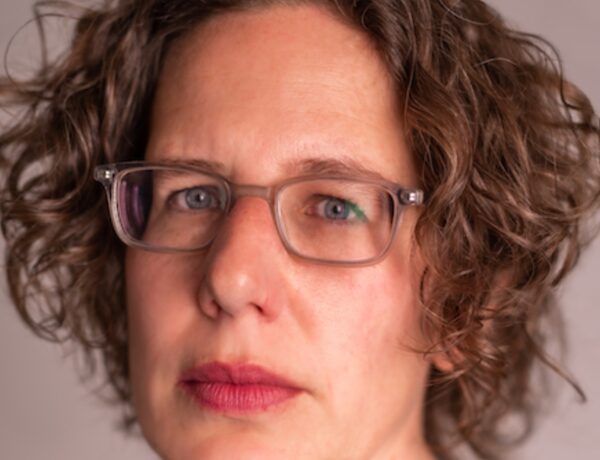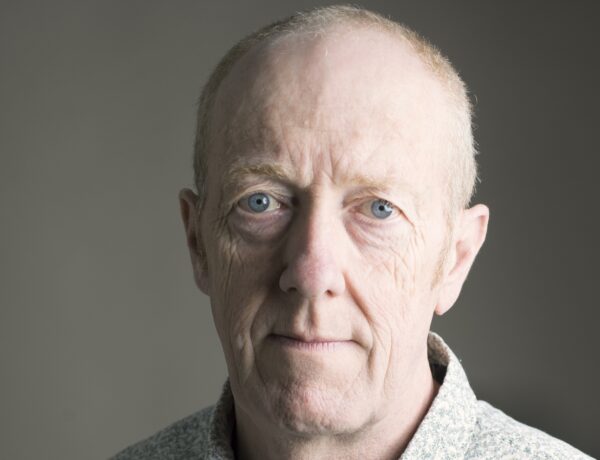Jaime Green is a freelance writer, editor, and writing teacher with a focus on books, culture, and science. Her book, The Possibility of Life, was published by Hanover Square Press in the US and Duckworth Books in the UK.
As the series editor for The Best American Science and Nature Writing, Jaime showcases her expertise in the field. She also shares her knowledge as a lecturer at Smith College. Before her current roles, Jaime served as the associate editor of Future Tense, a partnership between Slate, New America, and Arizona State University. She also wrote the romance book review column for The New York Times for two years.
Jaime has taught writing to a diverse range of students, from essayists to scientists, at institutions like Columbia, Eugene Lang (The New School), Catapult, and the Sackett Street Writers’ Workshop. In addition, she created, hosted, and produced The Catapult, a podcast featuring new writing read aloud by various voices. Jaime has hosted readings and interviewed authors at numerous book launches and events, showcasing her passion for literature and the written word.
Looking for inspiration to help you achieve your writing goals? Subscribe to our newsletter for exclusive insights into the routines, habits, and techniques of some of the most celebrated authors in history.
Hi Jaime, welcome to Famous Writing Routines, great to have you here with us today! Your book, The Possibility of Life, explores the question of whether we are alone in the cosmos. Can you tell us a bit more about your journey in writing this book and what inspired you to take on this topic?
I went to graduate school for creative writing, and in my first semester a professor mentioned a writing group on campus for scientists and science writers. I’d never written about science before but I’d loved it my whole life, so I joined, and I soon started incorporating science into my creative nonfiction. The next semester, I took a required research seminar, where nonfiction students practiced writing from research. We had to choose a topic to research and write about, and I chose the search for alien life. That inspired me to want to write a book on the topic, but it took a long time to figure out where my voice and point of view fit on the astronomy shelf at the bookstore, which was already full of books by scientists.
The book interweaves insights from science fiction writers with cutting-edge astronomy research and philosophical inquiry. Can you talk about the balance you struck between science and imagination while writing it?
Most books about the search for alien life are about whether it’s out there, what it’s probably like—scientists trying to stake their claims. For me, imagining the possibilities, and looking at imagination in science and fiction both, was my way in. And it’s more interesting to me, too, since it opens up possibilities rather than reducing them down to a single answer. Imagination is just as much a part of science as it is of fiction. When a scientist makes a hypothesis, they’re imagining an outcome. And every big leap or insight into the world comes about because someone imagined things in a new way. So focusing on imagination in my book was just a question of the lens and the framing, it was already there.
The Possibility of Life has received praise for being both scientifically accurate and a great work of storytelling. Can you tell us about your creative process in combining these two elements in your writing?
It was hard! Figuring out the balance between the science and the stories was challenging, but I discovered it as I was writing. I focused on the questions I was trying to explore, and then figured out what science and stories would help me explore those questions.
Discover the daily writing habits of authors like Stephen King, Neil Gaiman, and Gillian Flynn with Famous Writing Routines Vol. 1 and learn how to take your writing to the next level. Grab your copy today!
You have a background as a science journalist, an editor, and a writing teacher. How has your experience influenced the way you approach writing about science and the cosmos?
When I was writing, I actually focused on my background as an essayist rather than a journalist, so I could give myself space to explore ideas and questions rather than report facts. And being an editor and a writing teacher has helped me develop a sense of freedom and exploration in writing and revision, so that I could use my whole process to keep making the book better and discovering what it wanted to be.
Can you tell us about your writing routine? What does a typical day look like for you?
Sadly there is no typical day. I wrote this book mostly during the first years of the pandemic, while my son was 0-3 years old. There’s nothing typical there! But what I learned worked best for me is: writing in the morning, and warming up first. When I’ve got really demanding writing to do, I make sure to do morning pages first, which is something I learned from The Artist’s Way: three pages of handwritten freewriting. It clears my brain out and gets words and ideas flowing, and is good practice for writing freely and without judging yourself. But beyond that, some days are writing days, some are teaching days, some get lost to life responsibilities and surprises.
If you could have a conversation with any author throughout history about their writing routine and creative process, who would that person be?
I never know whose process I’d want to hear about until I’ve heard about it. I love hearing from writers who have interesting ways of finding their creativity, or cool revision strategies. Whoever they are, that’s who I’d want to talk to.
I’d love to know about the books you’re reading at the moment. What have been some of your favorite recent reads?
I’m currently rereading some comfort books, The Clan of the Cave Bear and The Valley of Horses. With my book coming out soon, my brain can’t handle anything new or challenging, so it’s good to have a book going that I know I’ll love. I also love audiobooks, especially natural history—the last one I listened to was Entangled Life by Merlin Sheldrake, which was fantastic, all about mycology. It was a mix of science and writing about humanity’s relationship to nature.
What does your current writing workspace look like?
It’s a mess! I have a big desk, which means I have a lot of piles all around me. I’ve got plants, notebooks, piles of papers, two cups of pens, two different beverages, a candle, and a lot of nonsense. I often start my work session with a five-minute tidy, but it’s never perfect, and never lasts long.

Affiliate disclaimer: Some links on this website are affiliate links. We may earn a small commission if you make a purchase through these links, but only promote products we truly believe in. We disclose affiliate links and give honest reviews.



No Comments